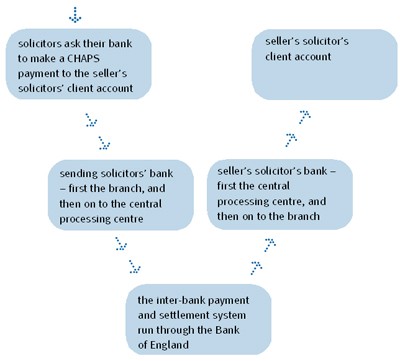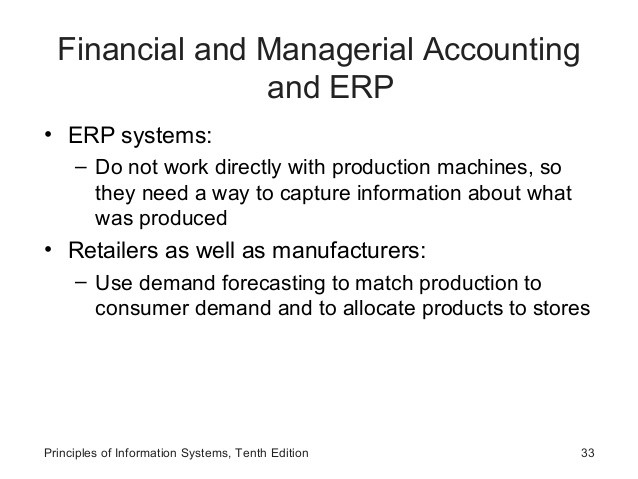So How Does the Financial System Work
Post on: 29 Апрель, 2015 No Comment

1. Central Banks Finance and Quantitative Easing
At the end of my last post, I suggested that quantitative easing by central banks makes explicit the political nature of the economic settlement. It reveals that the financial system is an object of administration, rather than a fact of nature. I thought it might be useful to explain why that is, by sketching how the financial sector and the state are linked in both Britain and the United States.
You might have seen and read various efforts to explain quantitative easing in the major media. Often the journalist given the job will take refuge in the figurative sublime (its like filling up a petrol tank with imaginary petrol! ), or will talk about how central banks are expanding their balance sheet, or printing money. This can sound a little like an explanation, but it doesnt make sense of what our governments are doing and what the implications are.
Quantitative easing can only be understood if we understand what central banks do if we understand the mystery that lies beneath the day-to-day operations of the economy. The calculations of capitalist activity rest finally on something very like a magic trick. This is why criticisms the Federal Reserve in particular often veer off into heated speculation about shape-shifting lizards or the urgent need to buy gold now. Once you understand that the so-called private sector is dependent on the operations of the state it is easy to lose your balance. So steady yourself. This is the secret of the temple.
Central banks lend money into existence.
In normal times the Federal Reserve and the Bank of England create money by making loans to commercial banks. Beginning with a zero balance, they lend money by fiat (hence the term fiat currency ). Fiat is a fancy way of saying that the money is real because the state says it is. The new money appears on the balance sheet of the commercial bank as a credit and as a debit on the balance sheet of the central bank. Taken together the two sums balance each other out at zero zero is split into a positive and a negative sum; the Big Bang of creative accounting. Everyone who matters agrees that the money is real, and it is this same money that is then lent to business and consumers. These debts further down the line feel very really, as anyone who has had their house repossessed will know.
As J. K. Galbraith once remarked, the process by which banks create money is so simple that the mind is repelled. But while it is repellent to thought surely there must be more to it? the core activity of central banks is quite straightforward.
So, thats how a fiat system works. Central banks provide funds to commercial banks. These banks then lend it to their customers and pocket the difference between the cost of the money they borrow and the rate they charge for it. If this looks like a license to make vast sums of money, thats because it is. Bankers bonuses are finally dependent on this state-backed system something to remember when you next hear one of them complaining about government interference in the economy.
(Central bank money creation isnt to be confused with fractional reserve banking. Commercial banks lend out most of their money and hold only a fraction of it in reserve to meet immediate demands for repayment. Central banks normally set the minimum amount that commercial banks can hold. Lower capital reserves enable individual banks to make more money but they also have an impact on the total amount of money in the economy. If the banks can lend, say, 90% of their total funds to their customers and those customers, or those selling them goods and services, put the money back into banks, the banks can then lend out 90% of these funds, and so on. Private banks create money-as-debt in other ways, which is a whole other story.)
When central banks engage in quantitative easing they use their money-creating power to buy assets usually government or corporate debt.
The central banks buy these assets from financial institutions. In order to maintain an air of propriety, the central banks technically borrows money from itself to do the buying. But rather than creating money through the act of lending it, they create money through spending it.
That is the sum of what is going on with quantitative easing. The money doesnt find its way into consumers pockets, except insofar as private banks decide to lend it to them at interest. Why are the central banks buying up financial assets in this way? There is some talk about how quantitative easing it meant to get banks lending to industry again. At the moment money conjured up in the Federal Reserve and the Bank of England is finding its way into the pockets of the perennially lucky financiers. You might want to ask your elected representative why thats a good idea. I cant understand it. If private banks wont lend, perhaps we need a public option.
2. The State and the Financial Sector
Though central banks are nominally public institutions, they are thoroughly integrated into the privately owned financial system. In The Politics of Money David M. Jones explained that:

Modern Fed Chairmen are chosen, in effect, by the financial markets. The political process is secondary. Typically, the White
House leaks to the press a list of potential nominees for the top job at the US central bank and leaves the choice largely to the
collective choice of the financial markets.
[David M. Jones, The Politics of Money (New York: Simon and Schuster, 1991), p. 52. Jones himself thought that this ‘market Darwinism’ was a good thing, since it ‘usually produced the brightest and best Fed Chairman’. It produced Alan Greenspan. And Ben Bernanke.]
Politicians and central bankers are currently committed to the existing system, in which privately owned commercial banks dominate the supply of credit to business and to individuals, and hence the patterns of investment in much of the economy. Profit-seeking by banks repeatedly causes financial crises. But it remains an article of faith that credit created by the state should be distributed by these profit-seeking entities. The housing and commercial property bubbles, not to mention the expansion of consumer credit, have had considerable political repercussions. The financial system depends eventually on the creditworthiness of the state it is a political construct. But its failings are not subject to thorough-going public debate since they are not widely understood.
It is time to stop being repelled by the simplicity of money creation, and to start laughing when politicians say that we have run out of money. There is plenty of money the central banks have lent trillions into existence. It is just in the wrong place. Offshore mostly.
In the The Return of the Public I explain how we can create a media system that will, among other things, describe finance clearly and simply, as a first step towards restoring the general prosperity.














